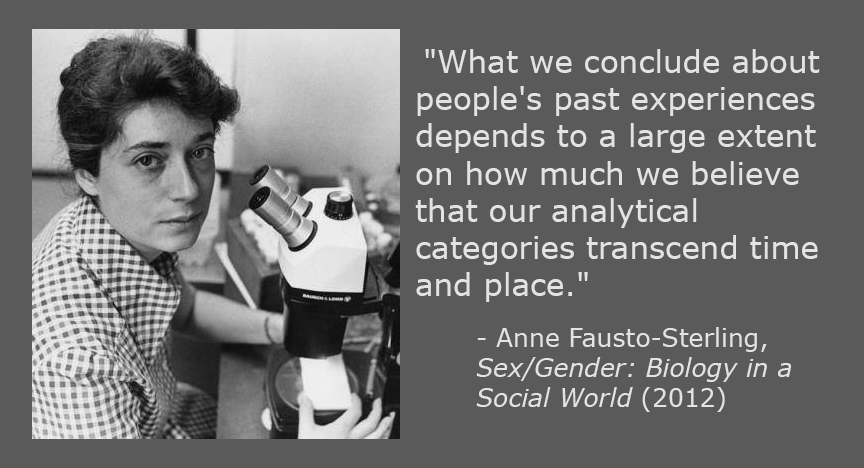
According to this news story from a few years ago, a “living” man from Ohio was legally ruled “dead”:
A US man declared dead after he disappeared nearly three decades ago cannot now be declared officially alive, though he has returned home and is in good health, a judge has ruled.
Donald Miller of Ohio left behind a wife, two children and significant debt when he fled his home in 1986.
He was declared legally dead in 1994, then re-emerged in 2005 and attempted to apply for a driving license.
A judge this week found death rulings cannot be overturned after three years.
Judge Allan Davis handed down the ruling in Hancock County, Ohio, probate court on Monday, calling it a “strange, strange situation”, according to media reports.
“We’ve got the obvious here. A man sitting in the courtroom, he appears to be in good health,” he said, finding that he was prevented by state law from declaring Mr Miller legally alive.
“I don’t know where that leaves you, but you’re still deceased as far as the law is concerned.”
What we have seems to be a case of competing discourses. If this man went to the hospital, it seems unlikely that the doctors would direct him to the morgue. On the other hand, from the court’s perspective he is dead and thus not eligible to get a driver’s license. Continue reading “Competing Discourses on Life and Death”
 Have you seen this video, about giving a genetic test for ancestry/origins to a group of people who each seem to think they’re pure blood?
Have you seen this video, about giving a genetic test for ancestry/origins to a group of people who each seem to think they’re pure blood?




 Did you catch the recent interview with Tom Jones, on National Public Radio? He’s 75 now and still going strong. He has an autobiography out and a new album and was reflecting, in the
Did you catch the recent interview with Tom Jones, on National Public Radio? He’s 75 now and still going strong. He has an autobiography out and a new album and was reflecting, in the 
 That’s
That’s  At least here in North American, it’s likely you’ve had General Tso’s Chicken if you’ve got to a Chinese restaurant. (And fortune cookies, of course.)
At least here in North American, it’s likely you’ve had General Tso’s Chicken if you’ve got to a Chinese restaurant. (And fortune cookies, of course.) But who was General Tso? Did he really like chicken? And where’d the dish come from?
But who was General Tso? Did he really like chicken? And where’d the dish come from? Prompted by the discussion surrounding Rachel Dolezal’s NAACP resignation, this series of posts is about how and when we take performativity seriously…, and when it bows to interests in historical or experiential specificity.
Prompted by the discussion surrounding Rachel Dolezal’s NAACP resignation, this series of posts is about how and when we take performativity seriously…, and when it bows to interests in historical or experiential specificity.